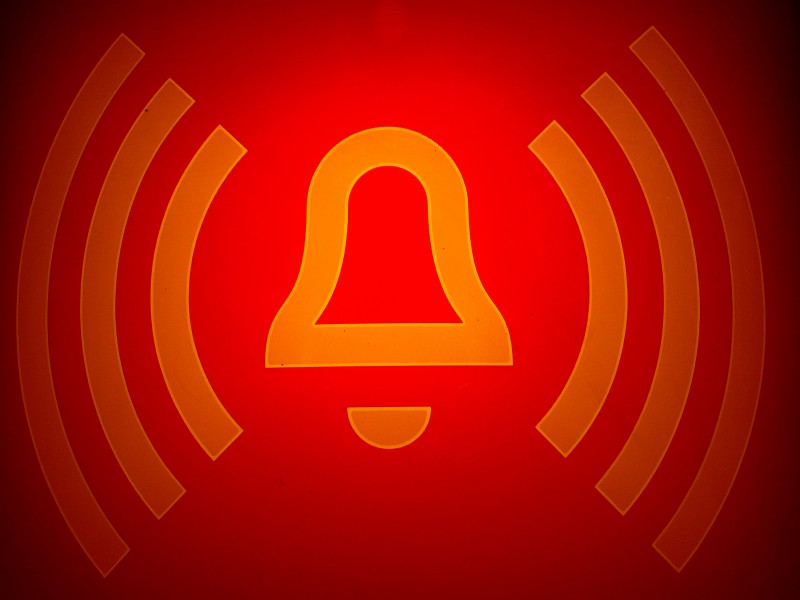A key component of any fire alarm or security system is its ability to transmit data and alert the appropriate parties of a trouble condition that requires follow up. This critical feature is performed by alarm system communicators.
When an alarm or abnormal condition occurs, the communicator sends a coded signal to special receivers at a 24-hour central station to alert station operators to call the appropriate authorities and the building’s management or owners.
Receivers transmit the details of the alarm, including type of alarm, name and location of the building, local authority contact information, building representatives’ contact information, and any other data that would be helpful to first responders. The more information the central station can provide, the quicker first responders can get to the location of the alarm, and the better building owners can react.
Since they play such an important role in ensuring the safety and security of both people and property, fire alarm system communicators are required to use two different power sources; a primary source and a backup. While not required for security systems, it is strongly recommended. The three main types of alarm system communicators are:
Traditional Telephone Line Technology
Traditional telephone line technology uses digital alarm communicator transmitters (DACT) connected to plain old telephone service lines (POTS). The communicators are wired to seize the line in the event of an alarm, automatically disconnecting anyone using the line. The communicator sends a self-test every 6 or 24 hours. For two-line systems, if one POTS line is down it will redirect to the back-up line and send a trouble signal out with both local visual and audible signals. If both lines are down, there is only a local signal and the communicator will not be operable.
Cellular or Wireless Communicators
Cellular communicators use 3G cellular service to transmit alarm signals. These transmitters are typically used in addition to a DACT. Most cellular communicators require a third intermediate party to retransmit the signal to the 24-hour central station. While this is a great alternative when POTS lines are not available, a strong and reliable signal is required, and they can be compromised during natural disasters like tornadoes, earthquakes, ice storms, or prolonged power outages.
IP Communicators
IP communicators connect to a DACT and use the internet to transmit signals and can connect to copper or fiber lines, but reliable internet service is a must. Some require a third party intermediate to retransmit signals, while others report directly to a central station. Most areas will not accept IP communicators as the “sole path” for fire alarm monitoring, but will accept them as a back-up. The biggest drawback with IP communicators is that they require power at the building and all of the switches. Internet service providers seldom have the battery back-up necessary to meet National Fire Protection Association (NFPA) codes or to satisfy building managers that need the highest level of reliability.
*Disclaimer*
The requirements for fire alarm systems are dictated by NFPA codes as well as state and municipal laws and ordinances. For fire alarm monitoring, it is imperative that the building owner confirms that the method selected is acceptable to the Authorities Having Jurisdiction (AHJ) which can include the local fire department, county fire officials, the state Fire Marshall’s office and the building owner’s insurer, as a means of alarm transmission. Some localities have special codes or proprietary reporting systems that must be used. This is only a description of how communicators operate and does not contain language from the codes, nor has it has it been approved or accepted by any AHJ referenced. Please reference the latest editions of NFPA 72 & NFPA 101 for current fire alarm code requirements.



Leave A Comment